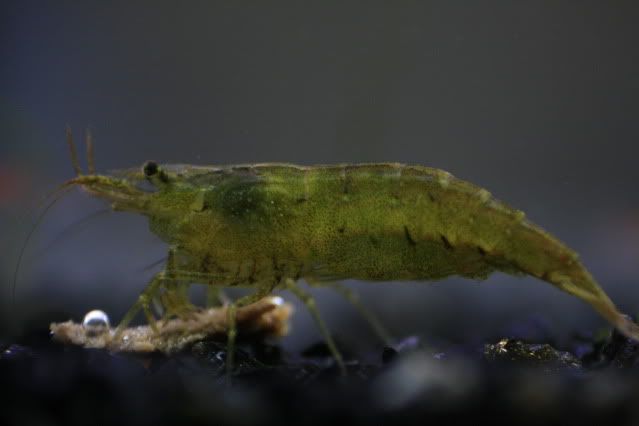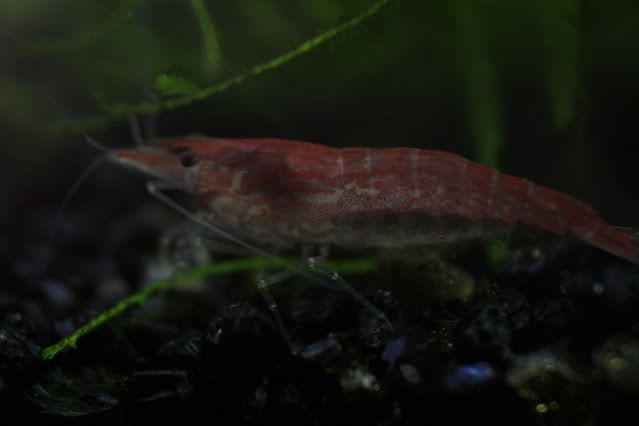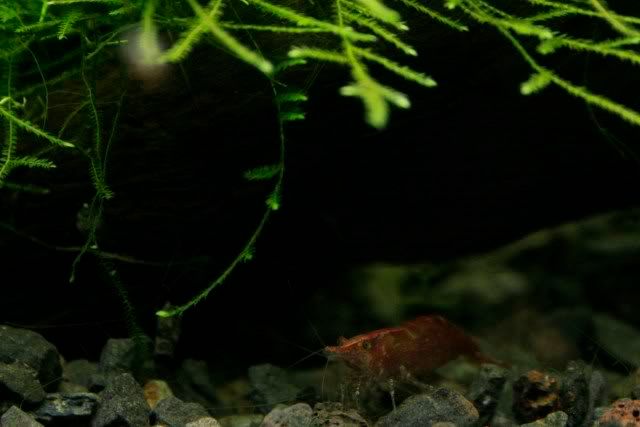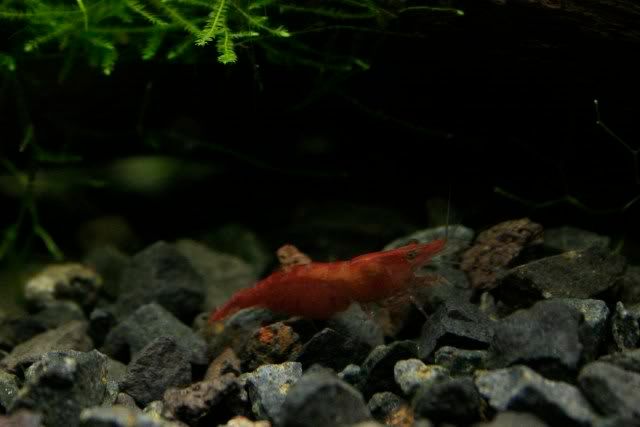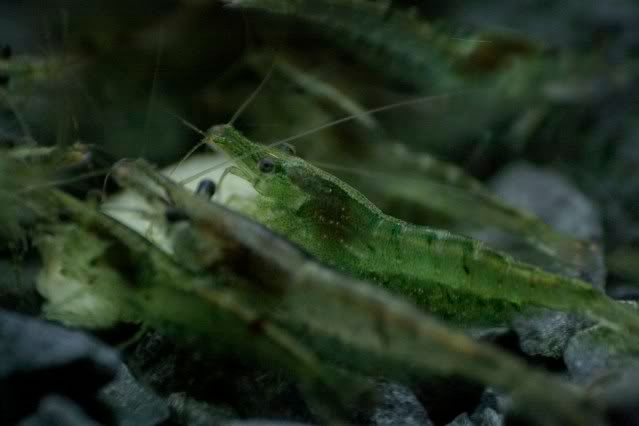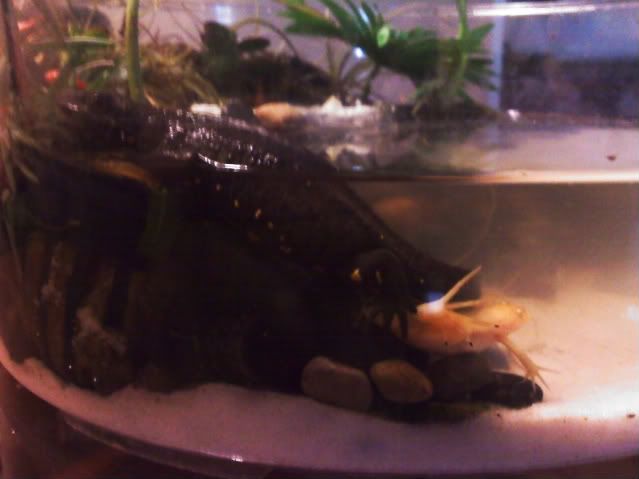VolatileXIII
New member
- Joined
- Apr 24, 2010
- Messages
- 61
- Reaction score
- 1
- Points
- 0
- Location
- Ontario, Canada
- Country
- Canada
- Display Name
- Christiano
Hey gang.
I was bumming around, watching "Behemoth" (my Chinensis "male") swimming around and I noticed something missing in his tank...
Tankmates!
His significant other, "Leviathan" (my Chinensis "female") is in quarantine right now because of an unknown white spot (see pictures in profile) so he seems lonely.
Is there any SPECIFIC fish I can maybe put in?
Something non-aggressive is an obvious, as is the fact that it can't have barbs or spines. I've read guppies, but does that include the fancy tail? I
What about some sort of shrimp?
The tank is shared between me and the mrs so something pretty would get me brownie-points. LOL.
Sorry if this has been asked before, I searched and searched then I clicked the "check if already posted" button and nothing came up so I assumed it'd be fine.
THANKS!
I was bumming around, watching "Behemoth" (my Chinensis "male") swimming around and I noticed something missing in his tank...
Tankmates!
His significant other, "Leviathan" (my Chinensis "female") is in quarantine right now because of an unknown white spot (see pictures in profile) so he seems lonely.
Is there any SPECIFIC fish I can maybe put in?
Something non-aggressive is an obvious, as is the fact that it can't have barbs or spines. I've read guppies, but does that include the fancy tail? I
What about some sort of shrimp?
The tank is shared between me and the mrs so something pretty would get me brownie-points. LOL.
Sorry if this has been asked before, I searched and searched then I clicked the "check if already posted" button and nothing came up so I assumed it'd be fine.
THANKS!

